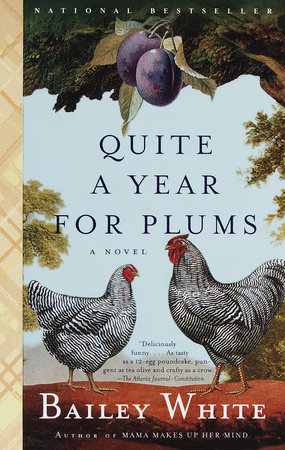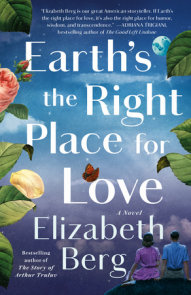Author Q&A
A Conversation with Elizabeth Berg
Question: You’ve said in the past that you until this book came along, you hadn’t ever considered using a reader’s idea or story for one of your novels. But this time, with Pat Raming and Marianne Raming Burke, you took a real life experience and made it your own. What was different this time? What about the Raming’s story spoke to you?
Elizabeth Berg: It wasn’t the story that spoke to me, at least at first. Rather it was a photograph Marianne sent me of her mother, Pat. Something in her face was so strong. I needed to know–and tell–about her. What I loved about the true story was Pat’s refusal to let extremely difficult circumstances prevent her from having a rich and rewarding life. When I wrote the fictional book, I was interested in looking at a lot of issues. One of these was: Is it "fair" for a severely handicapped woman to try to raise an able-bodied child? Another was: What does freedom really mean?
Q: Paige and Diana may have been based on real people, but they are fictional characters. How did you balance the Raming’s story with the Dunn’s story? And how did you created such a rich, vibrant, unique mother/daughter dynamic?
EB: Oh, this is always such a hard question to answer. The short answer is, Beats me. A longer one is that as a writer you look at something real, and then you consider what might have been if…. My imagination is always straining at the leash, asking to embroider, embellish, and change the things I see. I can’t explain how it works, really, how stories and characters are created, but it is very much tied up with trusting the unconscious. Ultimately, the less I know about what I’m doing, the better the work is.
Q: WE ARE ALL WELCOME HERE is rich with the historical detail and political upheaval of the 1960s South. How did you recreate this time period for your readers? Did you talk to people who lived there, do research, or both?
EB: I went to the library and read history. And watched documentaries. I also looked at magazines from that time.
Q: Until this book, most of your books have been set in the Midwest and the Northeast — places you have lived. But this book is so much about the South. Was it different to write about the South, and to write about Southern characters? How? Do you think you’ll return to the South for another novel?
EB: DURABLE GOODS takes place in Texas, but Texas is very different from Mississippi. I’m nuts about the south–the people, the language, the food, the land, the stories and writers that come from there–but it’s hard to know whether I’ll use it as a location again.
Q: Elvis has a very interesting role in this story. What made you include him, and what do you think he adds to the story?
EB: Elvis is symbolic of a lot of things, dreams coming true being one of them. I didn’t know I was going to put him in, but I was happily surprised at the way he did appear.
Q: What are you working on now?
EB: I just finished a novel called DREAM WHEN YOU’RE FEELING BLUE. It’s about three sisters and takes place during World War 2. More research!! But it was really fun, because I love the forties: the food, the fashion, and especially the music.




























